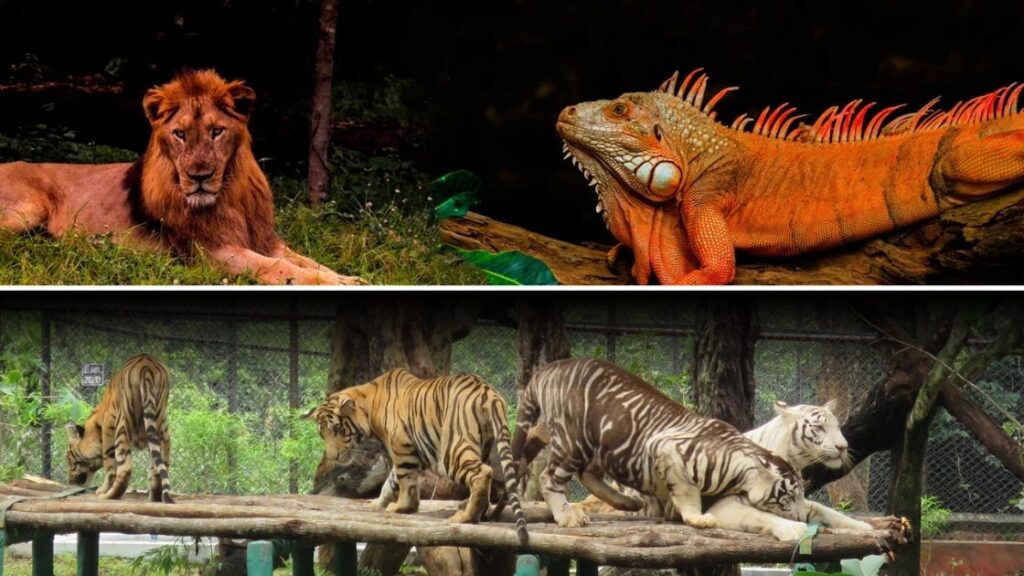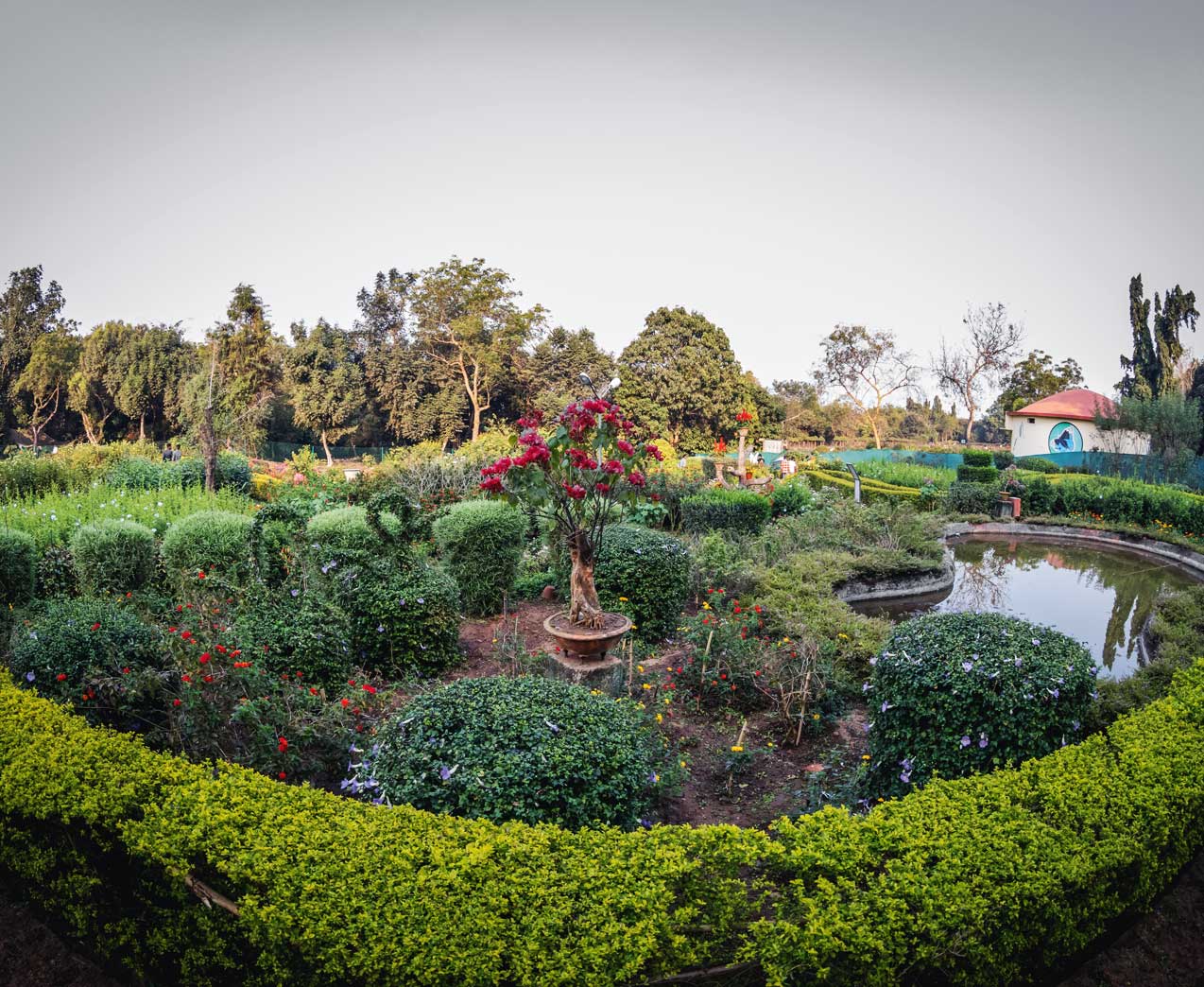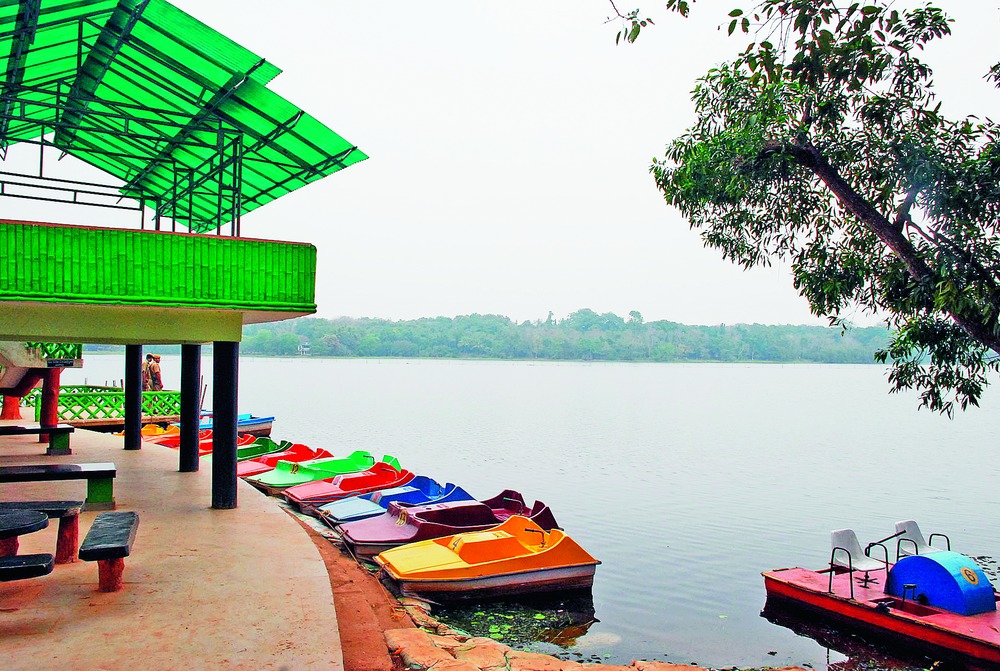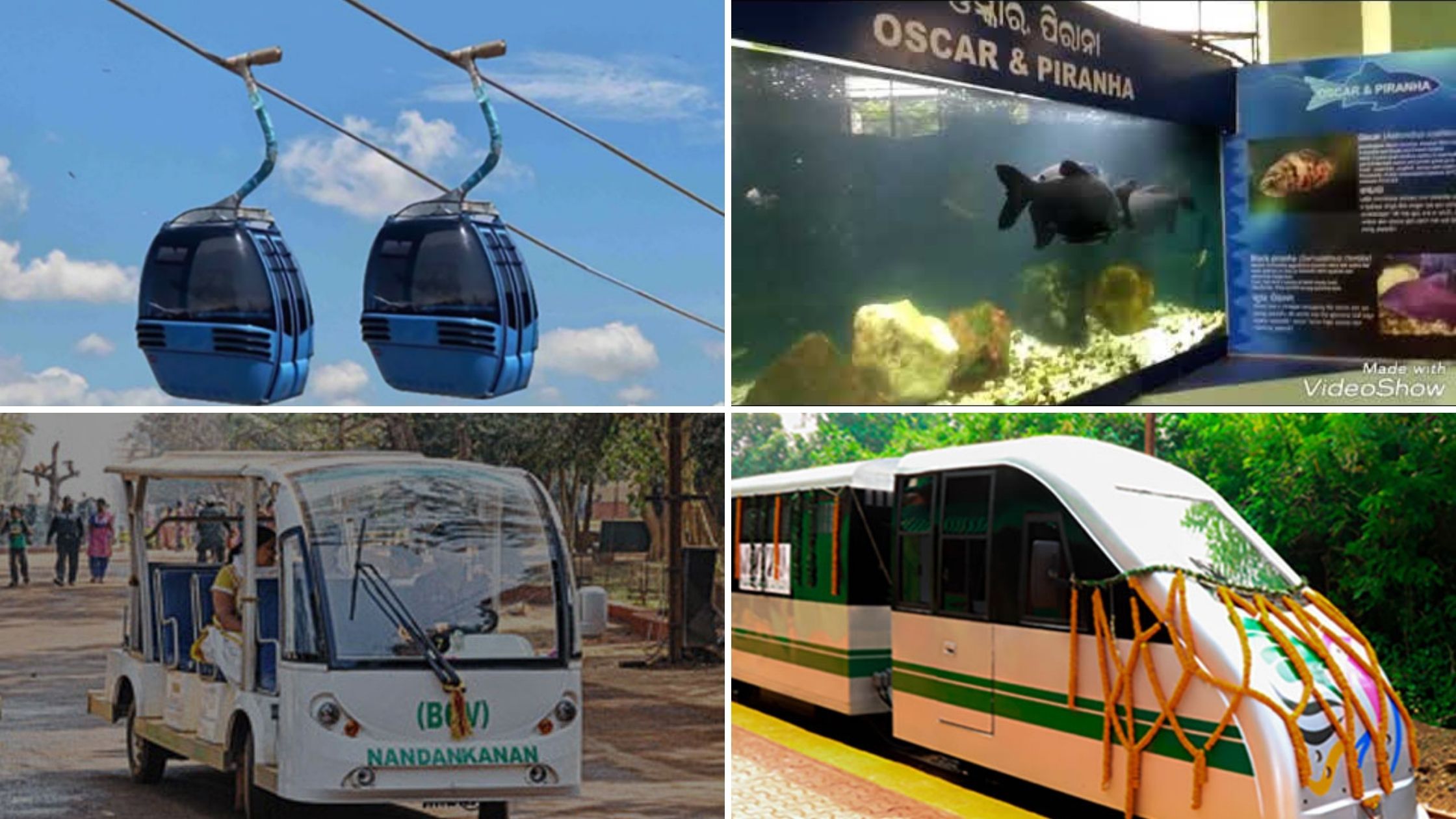If you’re looking for a fun and educational outing in Odisha, Nandankanan is the perfect spot! Located just a short drive from Bhubaneswar, this unique zoo and botanical garden offers a wonderful experience for families, nature lovers, and anyone looking to connect with wildlife.
Established on December 29, 1960, Nandankanan—meaning “Garden of Gods”—has grown from a small zoo into a sprawling wildlife sanctuary. It’s not just about seeing animals; it’s about understanding and appreciating the incredible biodiversity we have. This park is dedicated to conservation and aims to educate visitors on the importance of protecting our natural world.
The zoo was officially declared a sanctuary on August 3, 1979, expanding its protected area to 437 hectares, which includes the zoological park, a state botanical garden, and the enchanting Kanjia Lake, a recognized national wetland.
1. How to Reach Nandankanan

Getting to Nandankanan is quite simple, whether you’re travelling from within Odisha or coming from elsewhere. Here’s how you can make your way to this beautiful zoo and botanical garden:
- By Air: The closest airport is Biju Patnaik International Airport in Bhubaneswar, which is about 20 kilometres from Nandankanan. From the airport, you can hire a taxi or use ride-sharing apps to reach the park.
- By Train: The nearest railway station is Bhubaneswar Railway Station, which is well connected to major cities across India. From the railway station, you can take a taxi, auto-rickshaw, or even a local bus to Nandankanan.
- By Road: If you prefer driving, Nandankanan is easily accessible by road. You can take NH16 and then follow the signs to Nandankanan. The journey from Bhubaneswar usually takes about 30-40 minutes, depending on traffic.
- Public Transport: State buses and private taxis frequently operate between Bhubaneswar and Nandankanan, making it a convenient option for travellers.
- By Local Transport: Auto-rickshaws and taxis are widely available in Bhubaneswar and can take you directly to Nandankanan.
No matter how you choose to get there, the journey to Nandankanan is sure to be worth it!
2. Wildlife at Nandankanan


Nandankanan is home to more than 3,073 animals across 154 species, including 1,198 mammals, 1,588 birds, 266 reptiles, and 21 amphibians. It became the world’s first zoo to breed white tigers in captivity when two normal-coloured tigers gave birth to three white cubs in 1980. Here’s a glimpse of some of the incredible creatures you can expect to see during your visit:
- Royal Bengal Tigers: One of the park’s main attractions, these majestic big cats are known for their striking orange coats and black stripes. Watch as they roam their enclosures with grace and power!
- Asiatic Lions: Nandankanan is one of the few places in India where you can see Asiatic lions up close. These lions are slightly smaller than their African counterparts, but they are just as impressive.
- White Tigers: A rare sight, the white tiger is a genetic variant of the Bengal tiger. Their striking white coats and blue eyes make them a favorite among visitors. Keep your camera ready!
- Leopard Cats: These small wildcats are known for their beautiful spotted coats. While they may be elusive, a visit to Nandankanan increases your chances of spotting them.
- Various Reptiles: The zoo houses several species of reptiles, including snakes, lizards, and tortoises. Look out for the fascinating Indian Python and the vibrant Green Tree Python!
- Bird Species: With over 100 species of birds, Nandankanan is a paradise for birdwatchers. Don’t miss the vibrant Indian Peafowl (peacock), colorful parrots, and majestic eagles soaring above.
- Aquatic Animals: Explore the park’s aquatic habitats to see different species of fish and turtles. The tortoises are particularly popular with children!
- Other Mammals: The zoo features a variety of other mammals, such as deer, monkeys, and elephants. Watch the playful antics of the monkeys and the graceful movements of the deer in their natural settings.
- Conservation Efforts: Nandankanan is also actively involved in breeding programs for endangered species. By visiting, you’re supporting these important conservation efforts!
3. Nandankanan Jungle Safari

Experience the thrill of a jungle safari, where you can explore dense forests while spotting diverse wildlife, including majestic tigers and playful monkeys. The unique lion safari lets you get up close with Asiatic lions in a safe environment, making for an unforgettable experience.
Guided by knowledgeable staff, you’ll learn fascinating facts about the animals and their habitats. Early morning or late afternoon safaris offer the best chances to see wildlife in action, so don’t forget your camera for those perfect shots!
With a focus on eco-tourism, the safari vehicles ensure minimal environmental impact, allowing you to create lasting memories while enjoying the beauty of nature.
Also Read: Simlipal Tiger Reserve
4. The State Botanical Garden

Nandankanan isn’t just about animals; it’s also a haven for plant lovers. The State Botanical Garden, established in 1963, spans 75 hectares and is home to over 700 species of plants, orchids, creepers, and cacti. This lush garden is a living library, where rare species of flowers, medicinal plants, and trees are on display for visitors to admire and study.
Here are some highlights:
- Lush Greenery: Explore diverse trees, shrubs, and flowering plants that create a vibrant ecosystem.
- Medicinal Plants: Discover various plants used in traditional medicine, enriching your knowledge of local culture.
- Ornamental Beauty: Enjoy beautifully arranged ornamental plants, perfect for leisurely walks and photography.
- Eco-Friendly Practices: The park promotes sustainable gardening and conservation of native species.
- Educational Insights: Informative signage and guided tours offer valuable insights into plant conservation and biodiversity.
- Relaxing Atmosphere: The serene pathways provide a peaceful escape, ideal for relaxation and appreciating nature.
5. Kanjia Lake

Kanjia Lake, covering 66.1 hectares, is another jewel in Nandankanan’s crown. This serene body of water is more than just a pretty sight—it’s an important wetland that supports the park’s ecosystem.
The lake is home to over 60 species of birds, including migratory birds that flock here in large numbers every year. Since 2000, billed storks have made this lake their seasonal home, building nests near the crocodile pond and adding to the park’s biodiversity.
Here are the key features:
- Rich Biodiversity: The lake is home to a diverse range of flora and fauna, making it an essential area for ecological studies and research on aquatic life.
- Bird Watching Hotspot: With over 60 species of birds, including migratory and resident birds, Kanjia Lake offers an unparalleled experience for bird enthusiasts. Keep your binoculars ready to spot herons, egrets, and various waterfowl.
- Educational Importance: The lake serves as a natural classroom for students and researchers alike, providing insights into wetland ecosystems and the importance of conservation.
- Scenic Beauty: The picturesque surroundings, with lush vegetation and serene waters, create a tranquil environment perfect for relaxation and photography.
- Eco-Tourism: Kanjia Lake promotes responsible tourism, allowing visitors to enjoy the beauty of nature while supporting conservation efforts.
6. Health Care for the Wild Ones
The park boasts a state-of-the-art hospital that operates round the clock to address both emergencies and routine health care needs. The zoo’s caretakers are more than just staff; they’re family to the animals, hand-rearing orphaned offspring, preparing nutritious meals, and even giving the animals luxurious baths.
There’s also a well-organized fodder system to cater to the dietary needs of the herbivores, and a specialized slaughterhouse to ensure the carnivores receive their meals as nature intended.
But what truly sets Nandankanan apart is its commitment to world-class care. The zoo continuously upgrades its enclosures, provides enrichment activities to keep the animals mentally stimulated, and ensures that each resident enjoys the highest standard of living.
7. Visitor Information
- Best Time to Visit: November to February for pleasant weather and birdwatching.
- Entry Fees: Applicable at Nandankanan; check local sources for current fees.
- Timing: Open daily from 7:00 AM to 5:00 PM; early visits are recommended.
- Facilities: Restrooms, picnic spots, and observation areas available; carry snacks and water.
- Guided Tours: Available for enhanced learning and bird watching experiences.
- Photography: Bring cameras/binoculars for wildlife; maintain a safe distance from animals.
- Accommodation: Nearby options include hotels and guesthouses for various budgets. Make sure to book in advance, especially during peak seasons!
More Reads: Satkosia Sand Resort – Perfect for Eco-Tourism
8. More to Know About Nandankanan

- Nandankanan is the first zoo to breed both white and melanistic tigers.
- It’s the only conservation breeding center for Indian pangolins in the world.
- The park is a member of the World Association of Zoos and Aquariums, a testament to its global recognition.
- Nandankanan is the only zoo in India after which a train, the Nandankanan Express, has been named.
- It’s the third zoo in the country with a live animal feed center, nurturing and producing live feeds like guinea pigs, albino mice, chicks, and mealworms to meet the protein requirements of its birds and animals.
- The park is also the first zoological park in India to install electronic security systems.
- Nandankanan’s museum, which preserves trophies of rare dead animal species, is a draw for researchers and visitors alike.
Final Thoughts
Nandankanan is a wonderful place where you can explore wildlife, learn about nature, and enjoy beautiful surroundings. From the lush botanical garden to exciting safari adventures and peaceful moments at Kanjia Lake, there’s something for everyone.
With a strong focus on taking care of animals and providing a fun experience, visiting Nandankanan is sure to create lasting memories. So, get ready to pack your bags and enjoy a fantastic day in this amazing park!